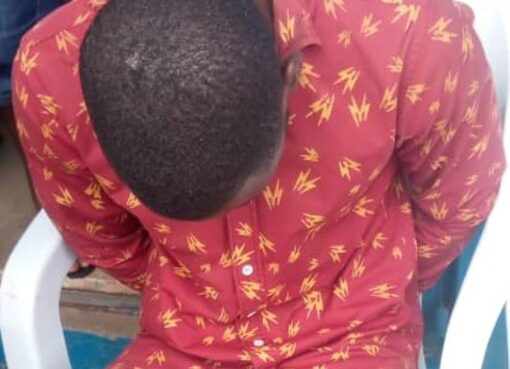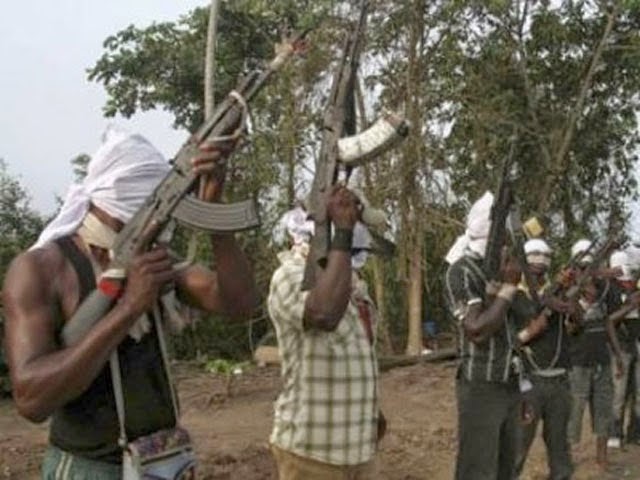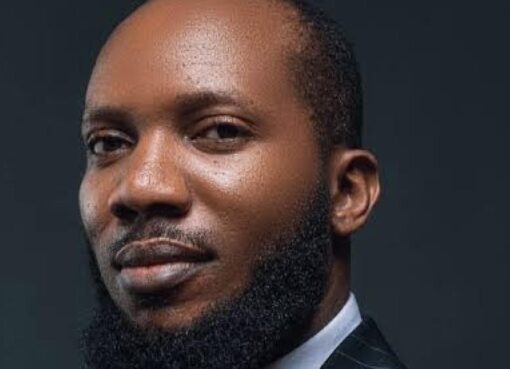By Jim Garamone – DoD News
WASHINGTON — President Donald J. Trump and Australian Prime Minister Malcolm Turnbull said yesterday that the U.S.-Australian alliance has been cemented by Australian and American service members who have shed their blood fighting common enemies for 100 years.
The two men attended a dinner aboard the retired aircraft carrier USS Intrepid, now a museum in New York harbor, honoring the veterans who fought in the Battle of the Coral Sea in May 1942.
That battle was a crucial turning point in the war against Imperial Japan in the Pacific, Trump said. “In those Pacific waters, we forged iron bonds between our countries,” he said. “Few peoples in the world share ties in history, affection and culture like the Americans and Australians. Those ties are sealed with the blood of our grandfathers and fathers and those same ties are now the priceless heritage we celebrate so beautifully tonight.”
The Coral Sea
The battle came at a dark time for the allies in World War II. The Japanese military had an unbroken string of successes beginning with the surprise attack on Pearl Harbor on December 7, 1941. Australia itself was in Japanese crosshairs with Japanese Navy planes raiding Darwin in northern Australia in February 1942, killing 236 Australians and wounding about 400. Australian forces, which had been at war with Germany since 1939, were either fighting in North Africa or captured with British forces in Malaya and Singapore.
In late April 1942, the Japanese aimed directly at Australia. Japanese forces looked to invade Papua New Guinea and take Port Moresby, which would have isolated Australia from the United States, leaving the nation to be picked off at Japanese leisure at a later date, Turnbull said.
The Japanese seemed invincible. But then a combined team of U.S. and Australian team of ships and aircrews did stop them — at the Coral Sea. The fleet was built around two aircraft carriers — the USS Yorktown and the USS Lexington. They faced three Japanese carriers and a myriad of escort vessels. Signal intelligence gave the allied force the enemy battle plan, and that was barely enough advantage for the fleet to take on and force the Japanese to retreat.
The U.S. lost the Lady Lex, and the Japanese lost the carrier Shoho with another severely damaged. In the battle, the main fleets did not exchange a shot — all the damage came from carrier-borne aircraft. The preponderance of the force was American, and the Australians regarded them as friends and saviors, Turnbull said.
“Our two nations were born as the rebellious children of the same parent,” Trump said. “And for nearly a century Australians and Americans have fought together, bled together and died together as brothers and sisters.”
Serving Side-By-Side
U.S. troops served alongside Australians on the Western Front in World War I. In World War II, the two nations fought shoulder-to-shoulder in Europe, North Africa, Italy and across the Pacific. The Australians were part of United Nations Command alongside U.S. forces in Korea and sent troops to South Vietnam.
Australia is fighting alongside Americans in Afghanistan and Iraq. They are helping defeat the Islamic State of Iraq and Syria wherever it raises its ugly head, Trump said.
“We are proudly and profoundly grateful for Australia’s contributions in Syria, Iraq and Afghanistan and their help in fight against terrorism following the terrible attacks of September 11, 2001,” Trump said. “On behalf of the United States, I thank the Australian people tonight.”
Navy Adm. Harry Harris, the commander of U.S. Pacific Command, aso spoke at the event and said the U.S. Australian military alliance is as strong today as it was 75 years ago and that the alliance will not stand for nuclear-tipped missiles in North Korea.






